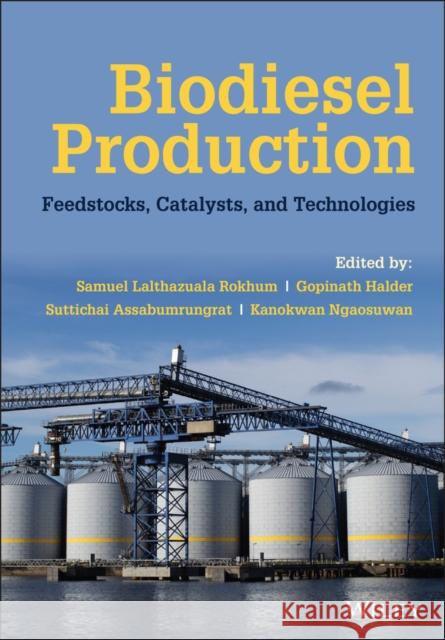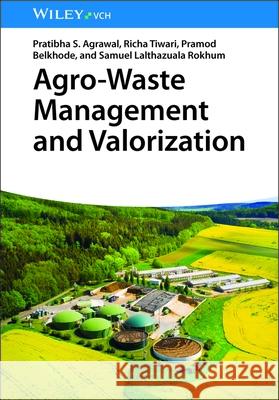topmenu
Wyniki wyszukiwania:
wyszukanych pozycji: 2
 |
Biodiesel Production: Feedstocks, Catalysts, and Technologies
ISBN: 9781119771333 / Angielski / Twarda / 2022 / 432 str. Termin realizacji zamówienia: ok. 30 dni roboczych (Bez gwarancji dostawy przed świętami) |
cena:
718,83 |
 |
Agro-Waste Management and Valorization
ISBN: 9783527355754 / Angielski / Twarda / 30-03-2026 / 288 str. Książka dostępna od: 30-03-2026 |
|
Planowany termin premiery książki: 30-03-2026
Książkę można już zamówić z rabatem 5% |
|
646,89 |










